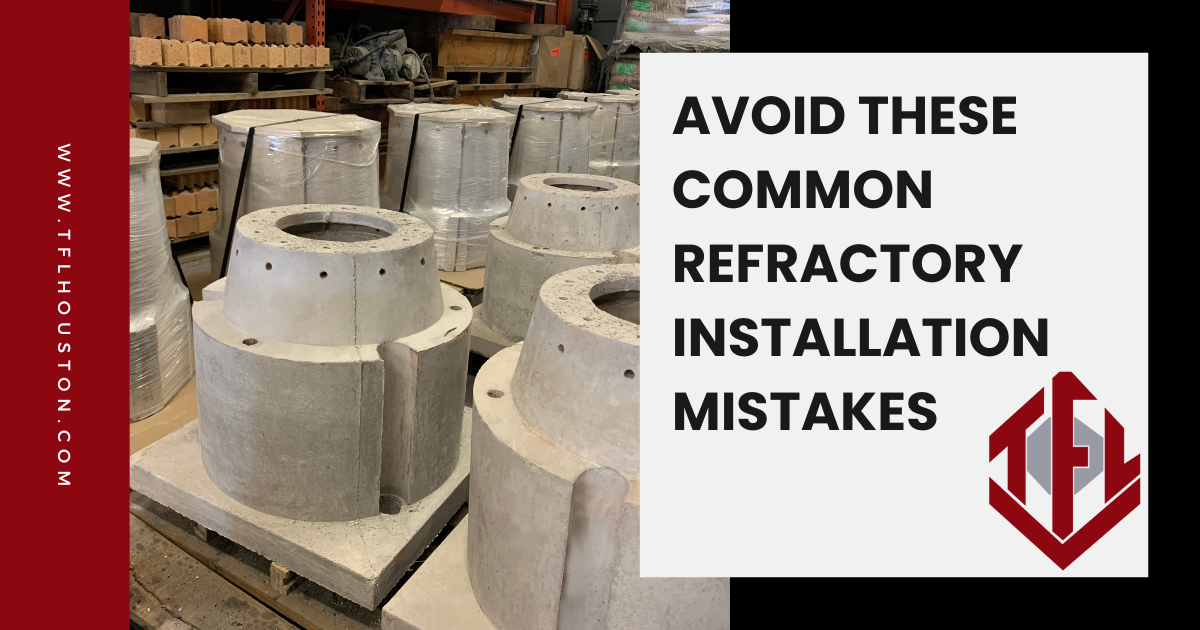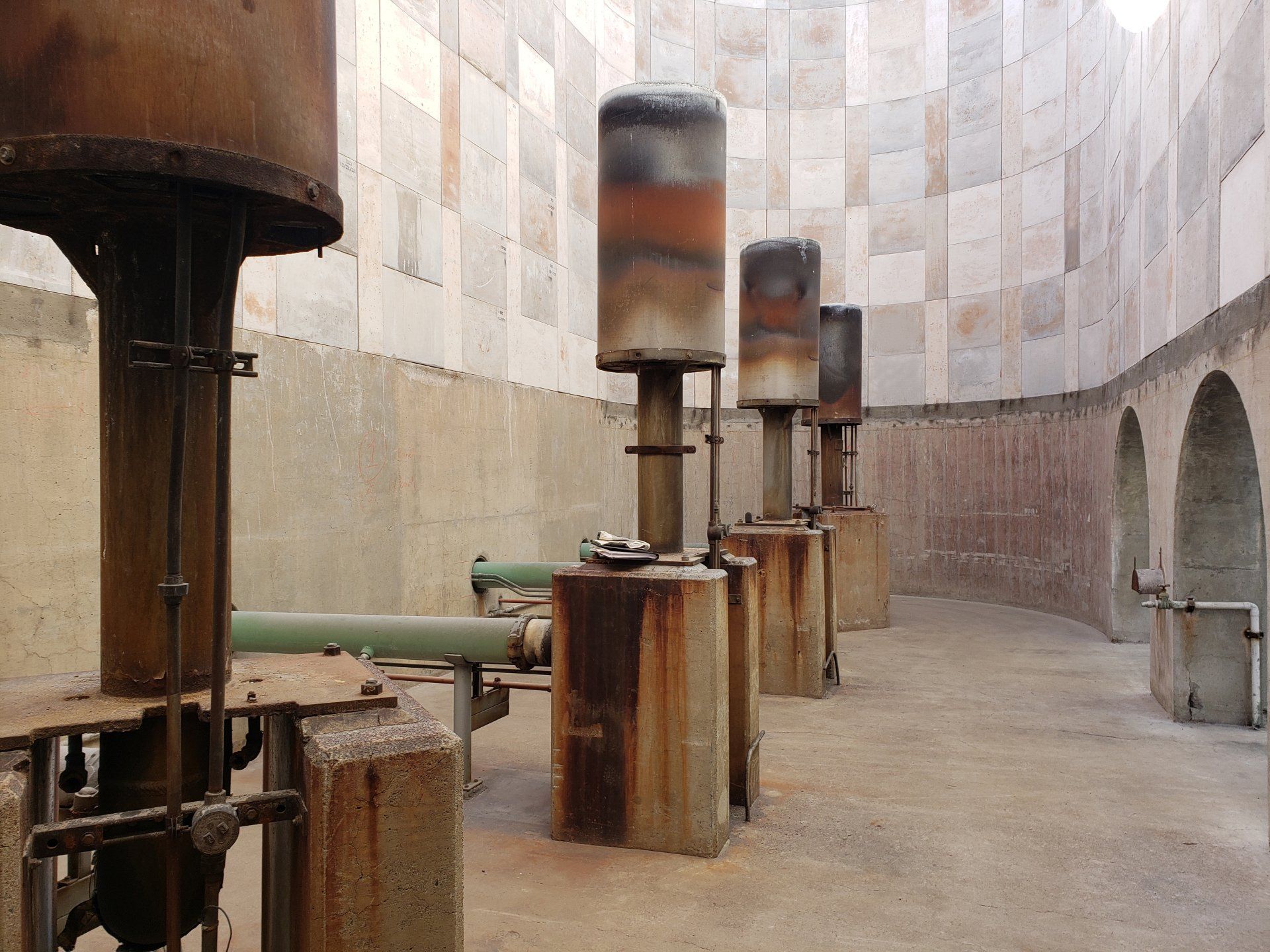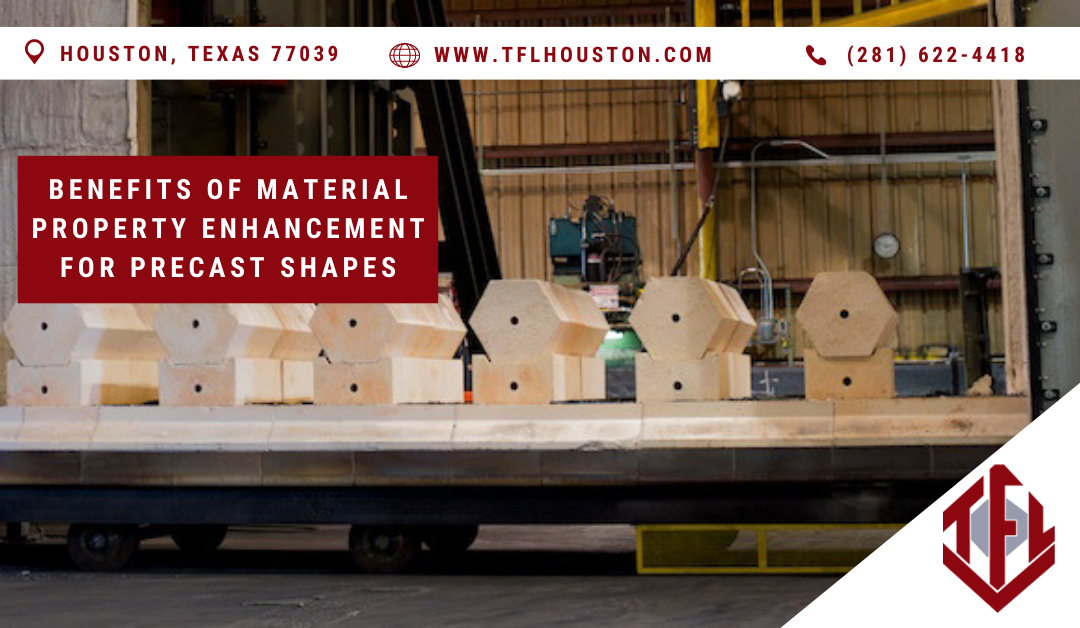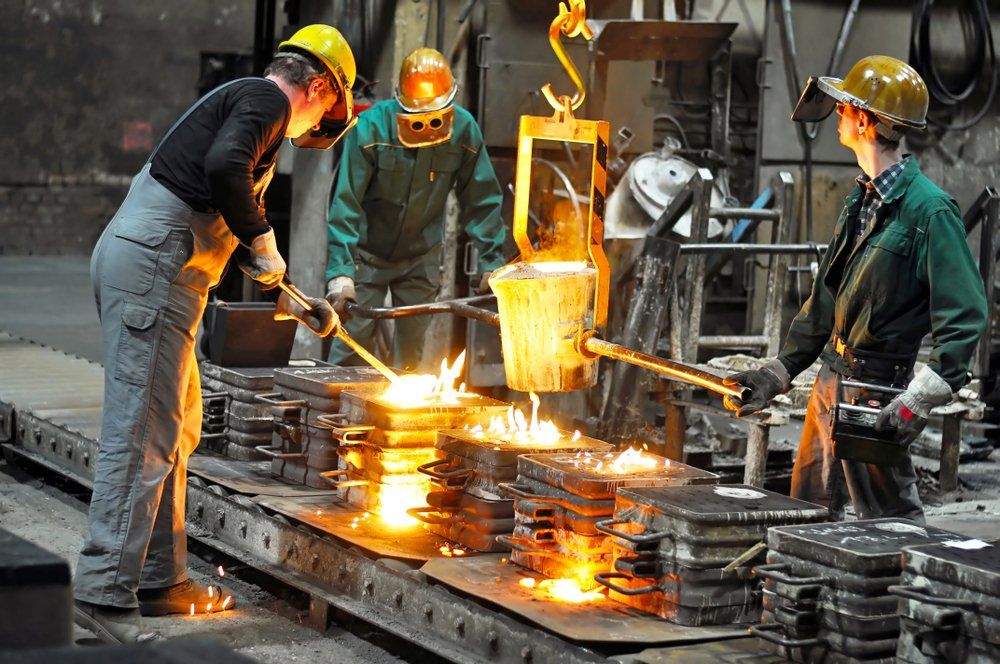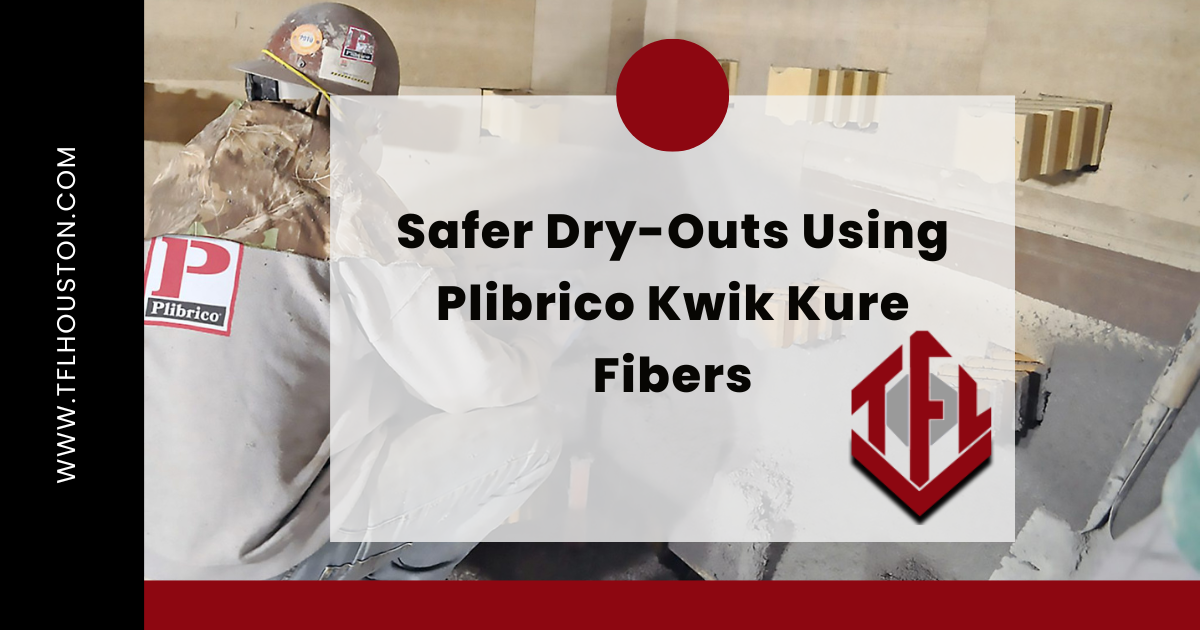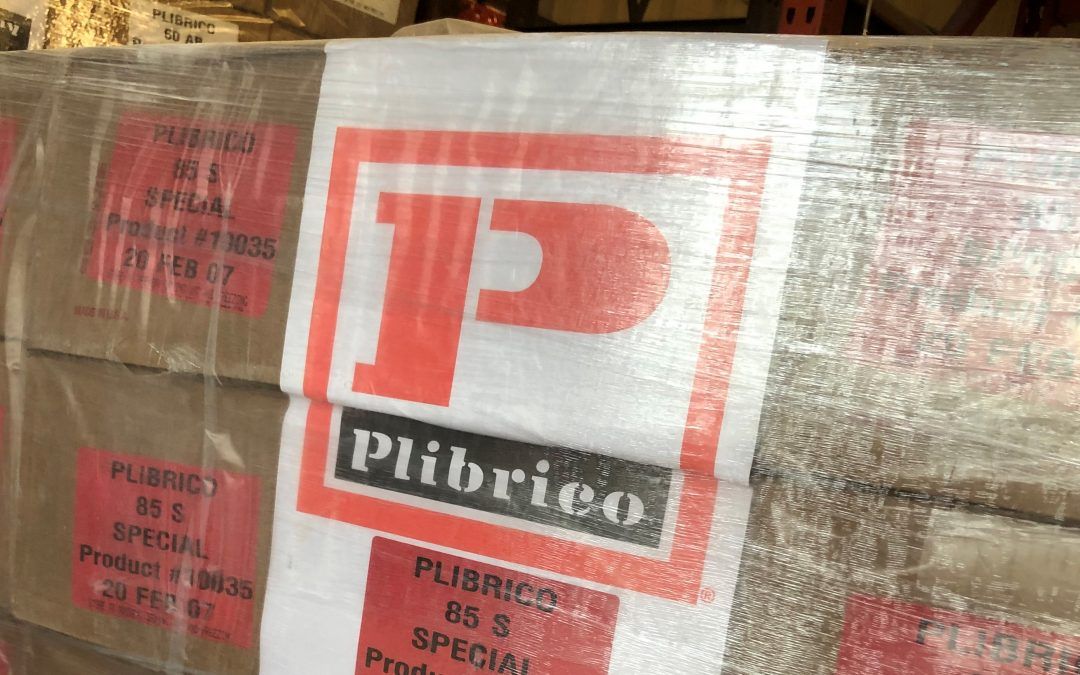Monolithic Refractory Installation: A Break Down
Monolithic refractories are loose materials, often powders, that can be used to form a smooth lining. Various methods are used to install monolithic refractories, such as casting, gunniting, spraying, and slinging.
Monolithic refractories are known for their versatility and usefulness in difficult projects.
Click To Tweet
Monolithic Refractory Installation Advantages
Monolithic refractories are preferred because they eliminate joints, a known weakness with brick linings. It’s much easier to transport and handle it, and the normal methods of application are faster and easier than others. They also reduce downtime for repairs. Here are the most popular installation methods:
Methods for Monolithic Refractory Installation
- Casting: A method of mixing and pouring wet castable into forms. The forms hold the castable in place until it’s set, and then they’re removed.
- Pump casting: A large-scale version of casting, pump casting uses trucks and pumps to transport large volumes of material.
- Shotcrete: Shotcrete is typically a low-cement, low-moisture refractory that is fully tempered and mixed with water, then applied through a machine that uses a piston pump and air to spray the wet material from a nozzle (similar to gunite).
- Gunite: Gunite is a dry, powder-like refractory designed for use with spray gun equipment. Gunite is applied by a special machine that uses air to force the dry or dampened gunite through a hose and to the target. Water is added at the nozzle to moisten the dry mix so it sticks.
Choosing The Right Method
Monolithic refractories are versatile and enjoy various industrial applications in the steel, cement, metallurgical, waste disposal and petrochemical industries. The best refractory installation method depends entirely on the specifics of the job, so while recommendations will help, your needs will determine the best method.
Contact Us to find out if monolithic refractories are the best option for your project.
The post Monolithic Refractory Installation: A Break Down appeared first on Refractory Materials, Precast Shapes, and Custom Solutions.
